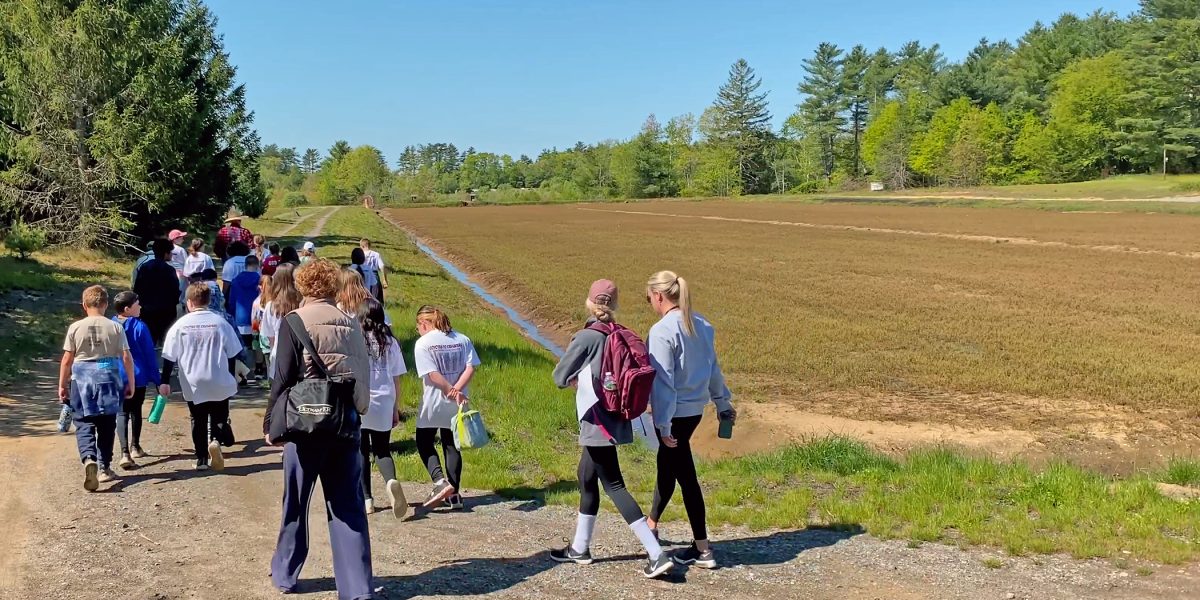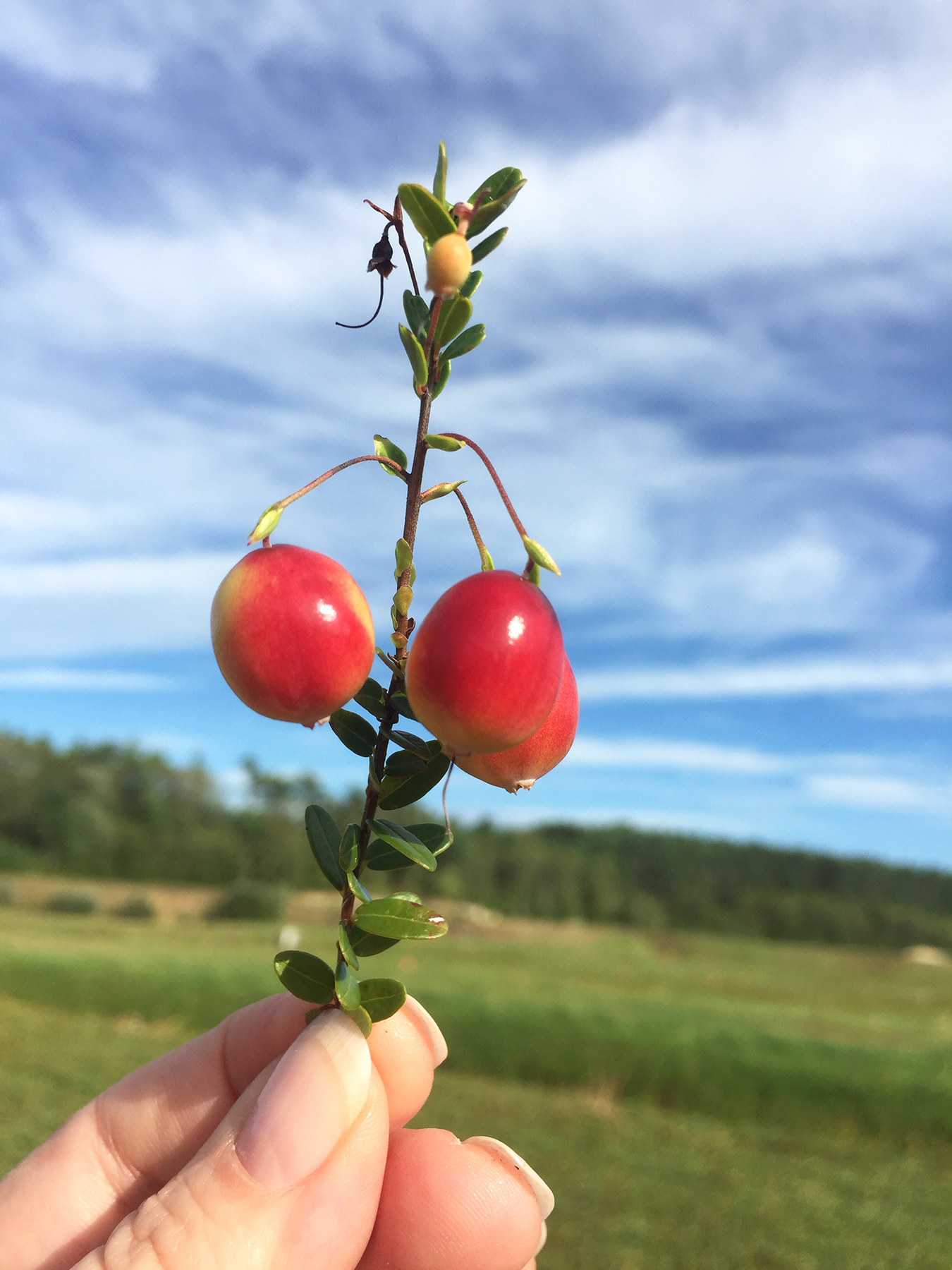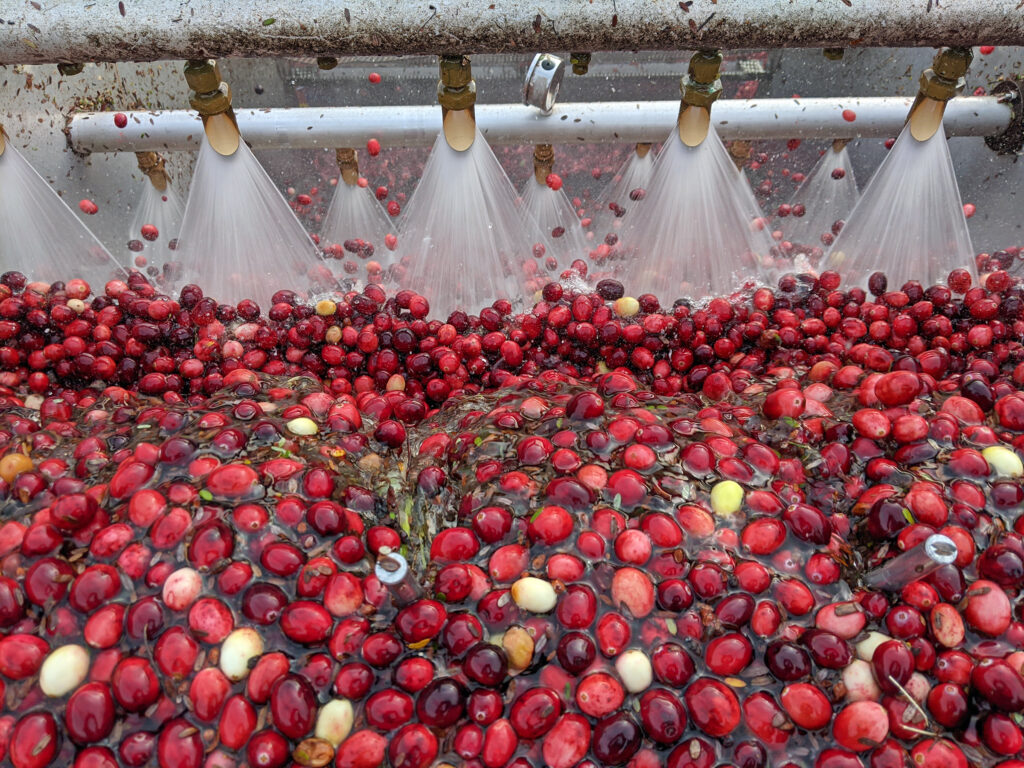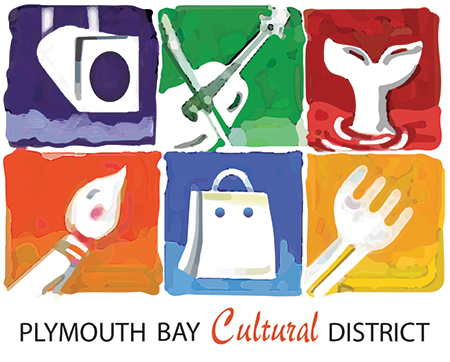Enrichment program bolsters student learning about food, farming, agriculture, and history across the Commonwealth
McGRATHPR.com – Know your cranberries? This spring, 640 Massachusetts students amplified their education and perspective about the Commonwealth’s official state fruit during their experience with Massachusetts Cranberries’ School-Age Tour Program. An extension of the Association’s Cranberry Harvest Bus Tours, popular with locals and tourists alike, the program welcomed 97 fifth grade Carver Elementary School students and 543 Scituate, Pembroke, and Marblehead youth attending camp programs throughout May and June.
“Massachusetts Cranberries’ school-age tours connect youth directly to agriculture and the wonderful cranberry, which is native to southeastern Massachusetts,” shares CCCGA’s Cranberry Tour and Event Manager Kim Miot. “Students’ faces light up when they touch the berries on the historic separator belt and when they plant cranberry vines during our bog in a cup activity. Children later enjoy watching the vines grow at home. By participating hands on, the cranberry history and farming information shared along the tour really sinks in.”
Launched last year, the School-Age Tour Program currently operates from multi-generational cranberry grower and Association member Dick and Judy Ward’s 53-acre Carver property, bogs, and working barn. Each group explores enrichment that is custom-adapted to any age group. The program includes education on land, communities, and the state of Massachusetts with topics spanning food, farming, agriculture, history, seasons, nature, conservation, cranberry products, and harvest tactics. Public and private schools, homeschool groups, activity organizations and camp field trips enjoy walking bog side through cranberry farms led by a cranberry tour guide or a multi-generational cranberry grower. Together they explore renovated and long-established cranberry bogs, learn about the importance of sand and water to the industry, view cranberry vines up close, inspect the buds and learn about cranberry growing, wildlife, irrigation systems, bees, and pollination. Ward’s barn houses cranberry education displays and farm processing equipment, including a historic 1923 Bailey cranberry separator, and often features the Association’s Traveling Bog exhibit.
“Cranberries are my vehicle to help youth keep sight of the value of agriculture to our country, especially the youngest students, who seldom learn about cranberries and agriculture in school,” shares Ward. “I think there is value to educating hands-on, by physically walking, touching, tasting, and seeing. People enjoy unforgettable experiences on our tours, which enrich them with learning they carry for the rest of their lives.” Ward granted the use of his barn to serve as a temporary launchpad for the program. The Association’s Board has long held a vision to acquire a permanent property to house its entire tour program headquarters and a heritage center, a work in progress.
Cranberries are the Commonwealth’s number one food agriculture. As the founder of cranberry cultivation, Massachusetts serves as the second largest cranberry growing region in the country, yielding approximately 23% of the annual national crop.
“Cranberry bogs and cranberry farming are the fabric of the community of Carver,” said Ruby Maestas, principal of Carver Elementary School. “Many of our students come from generational cranberry farming homes. Being able to connect students to their working community and to providers of this major food crop is a valuable lesson. The learning value grows as students gain farming knowledge, a key food and agriculture learning standard.”
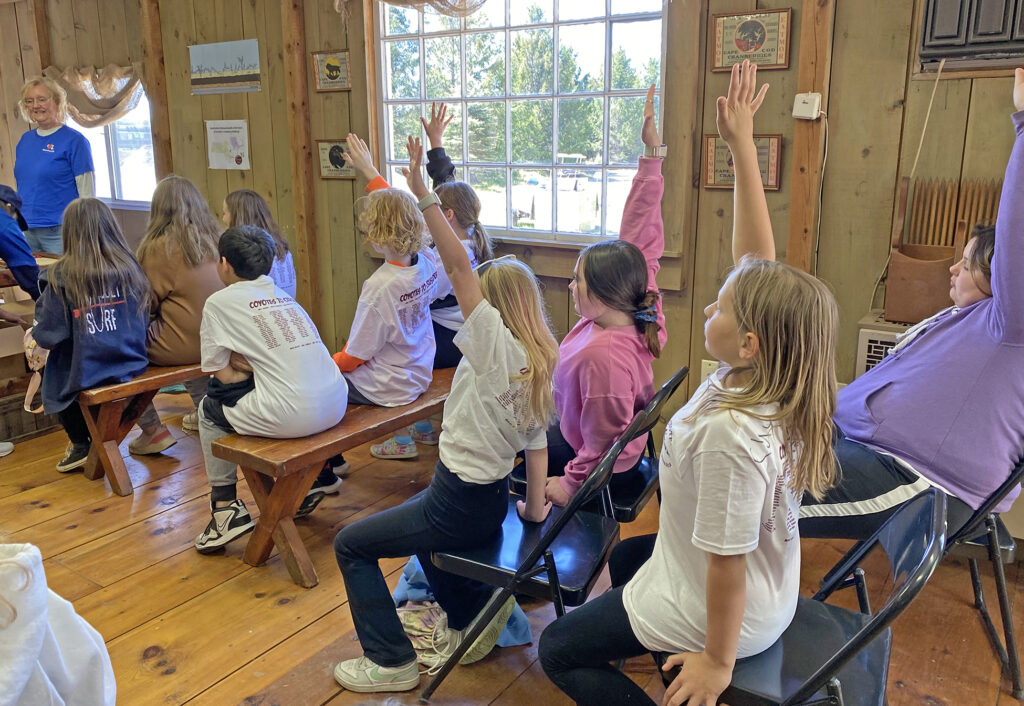
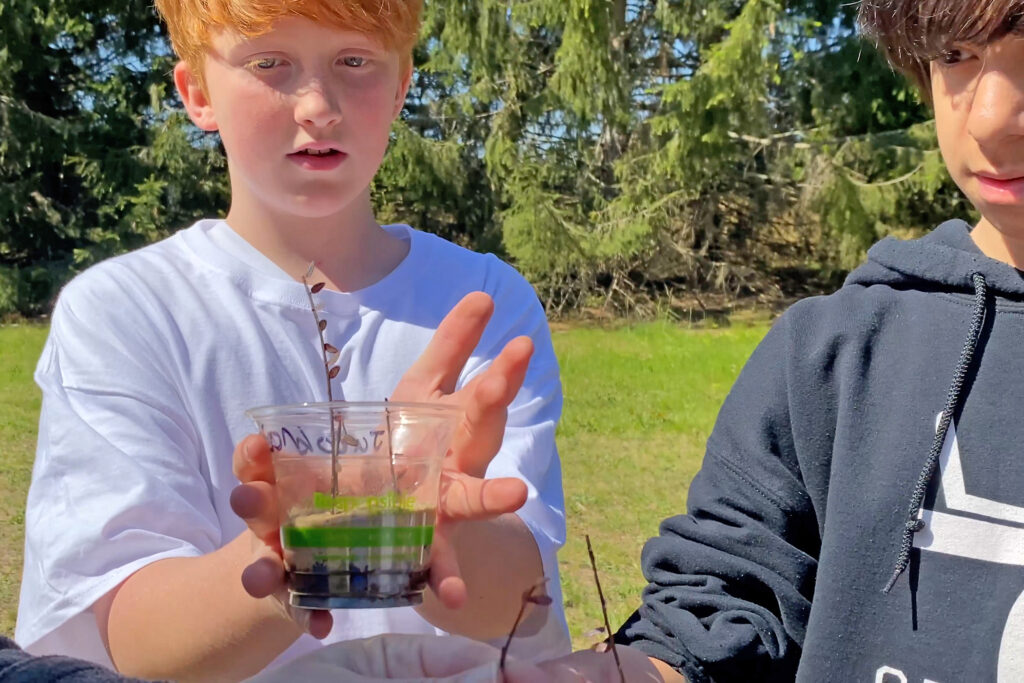

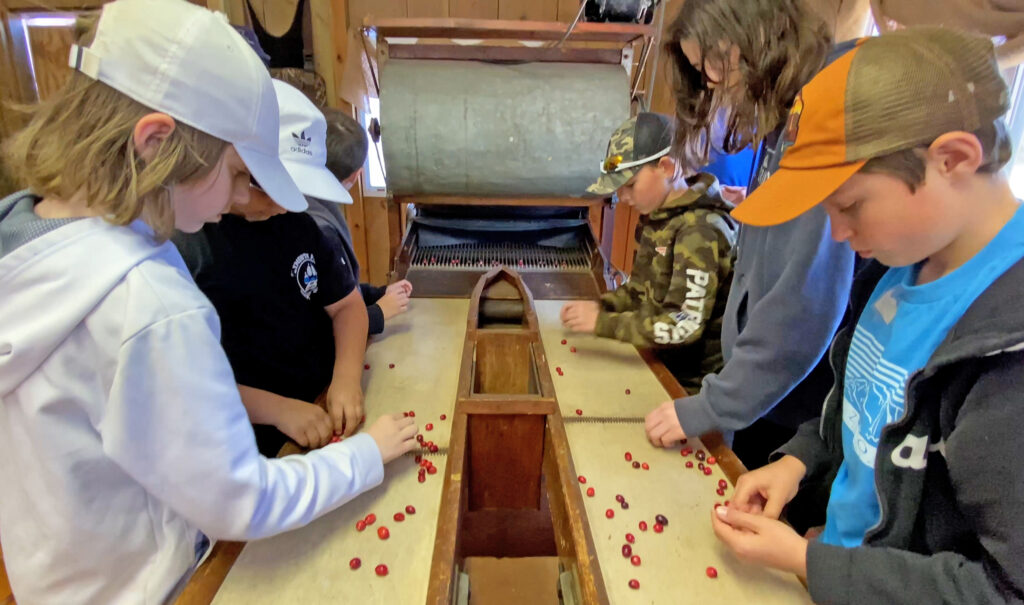
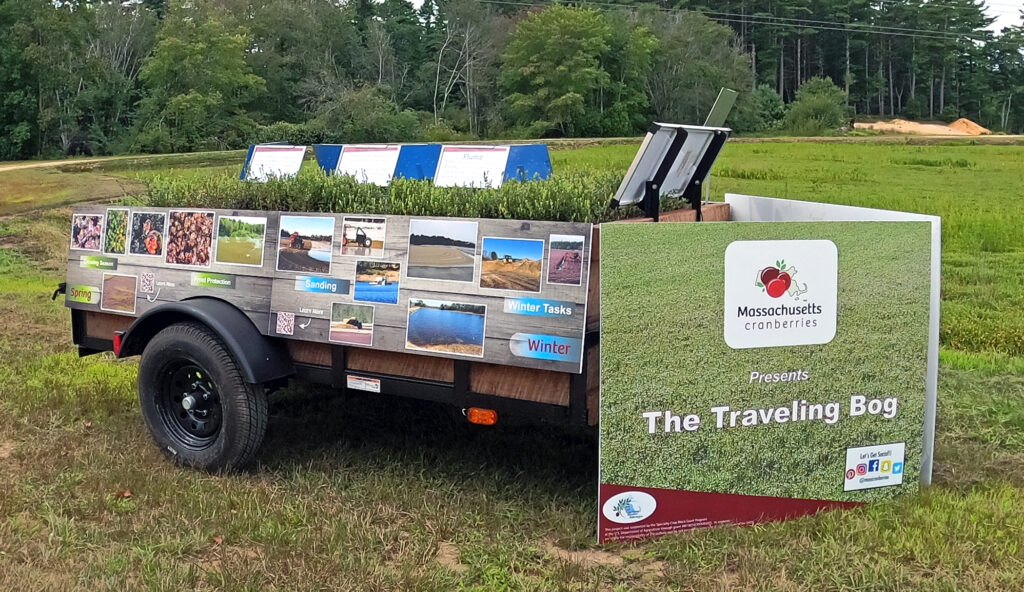
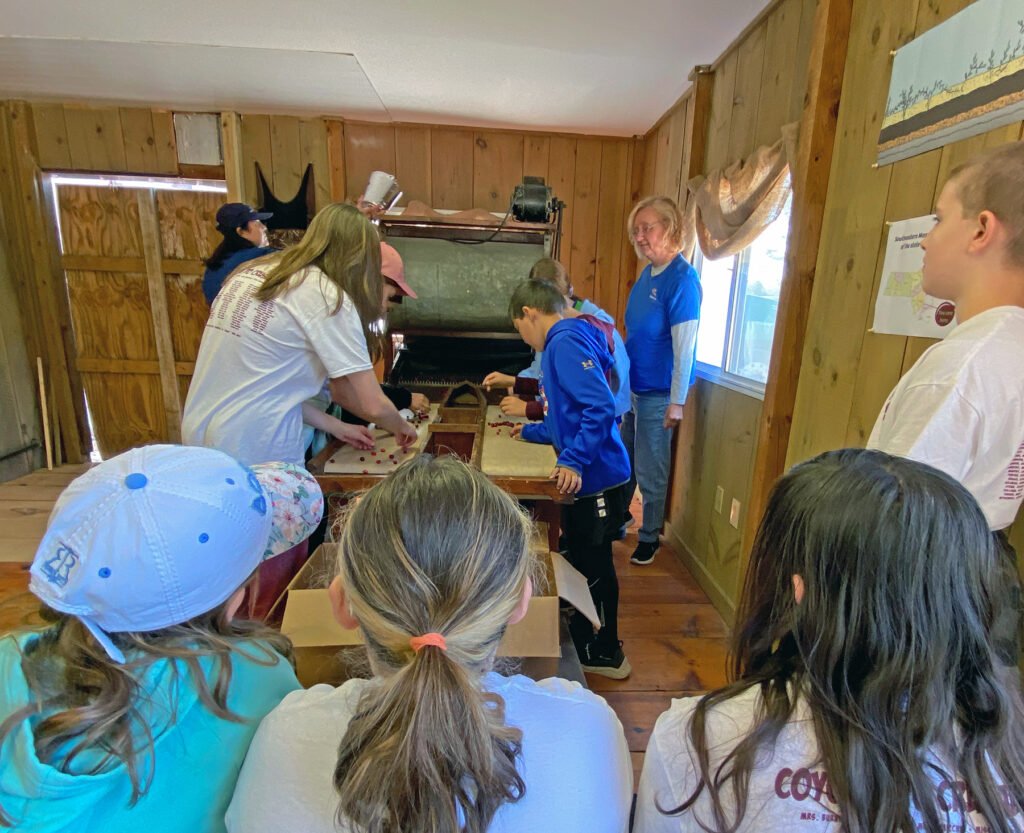
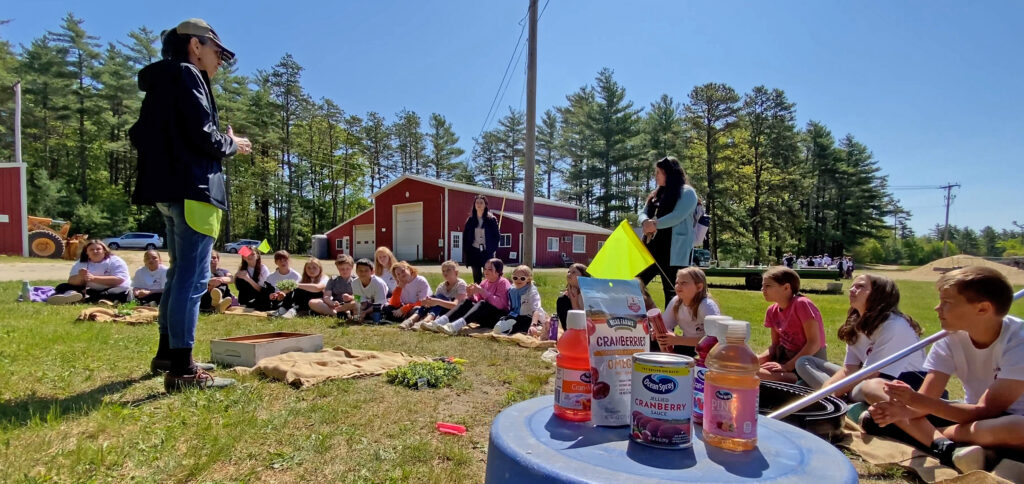
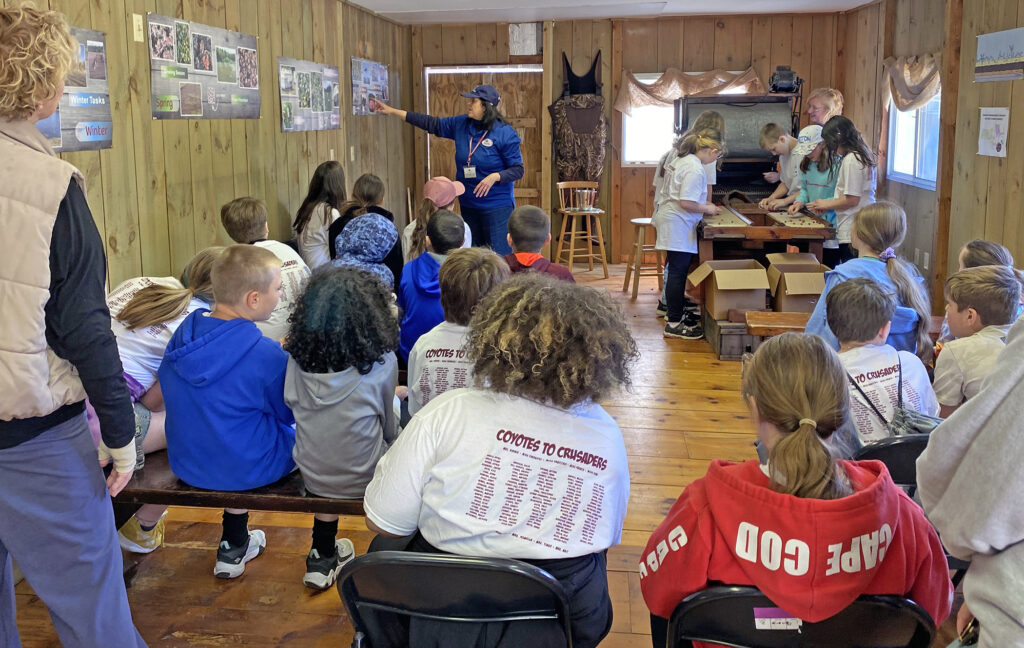
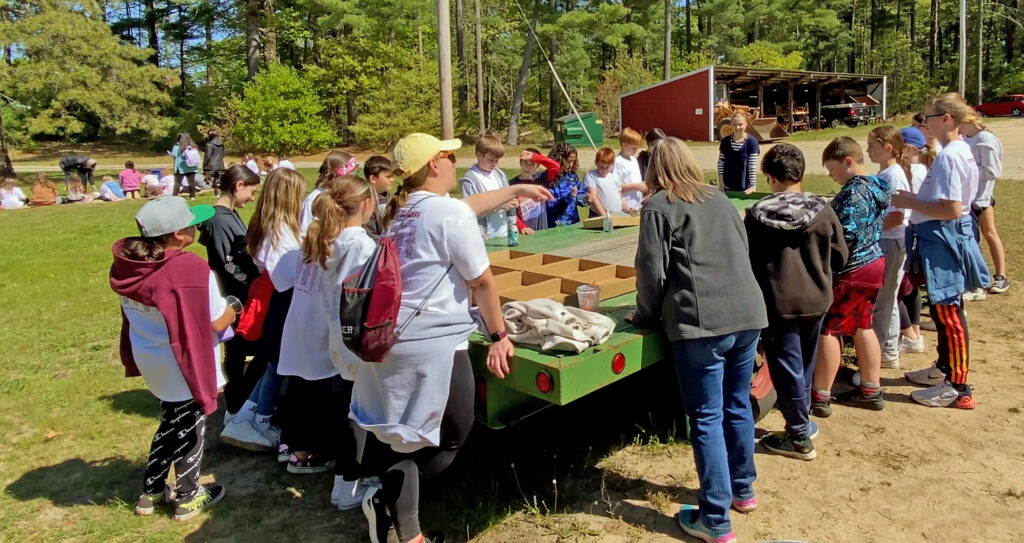
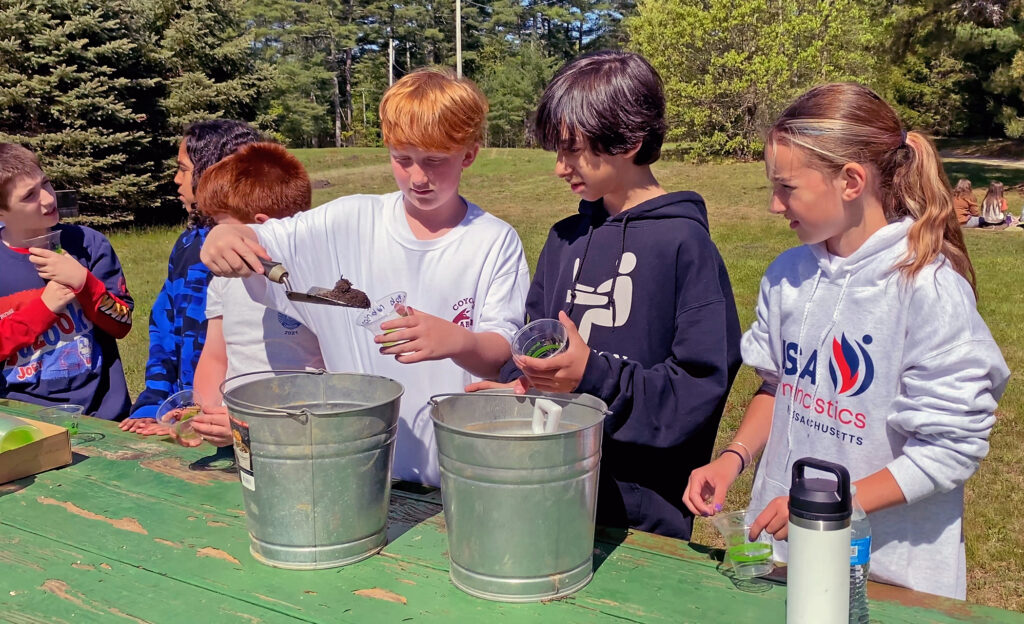
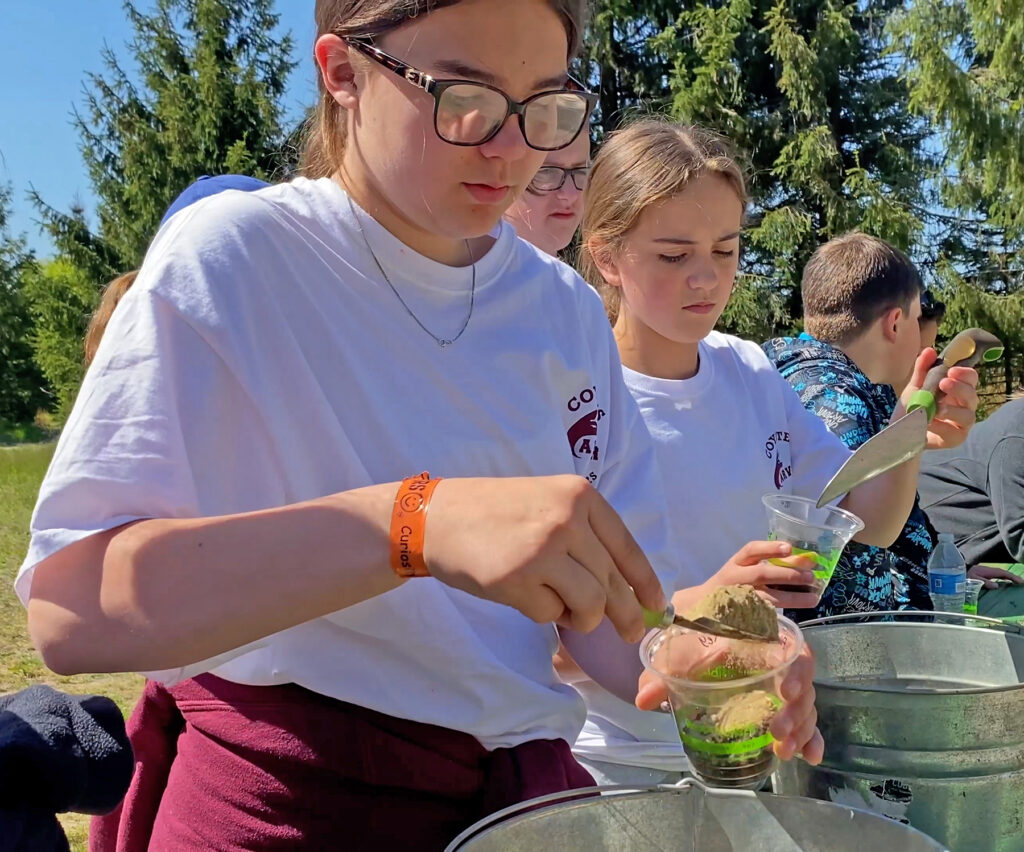
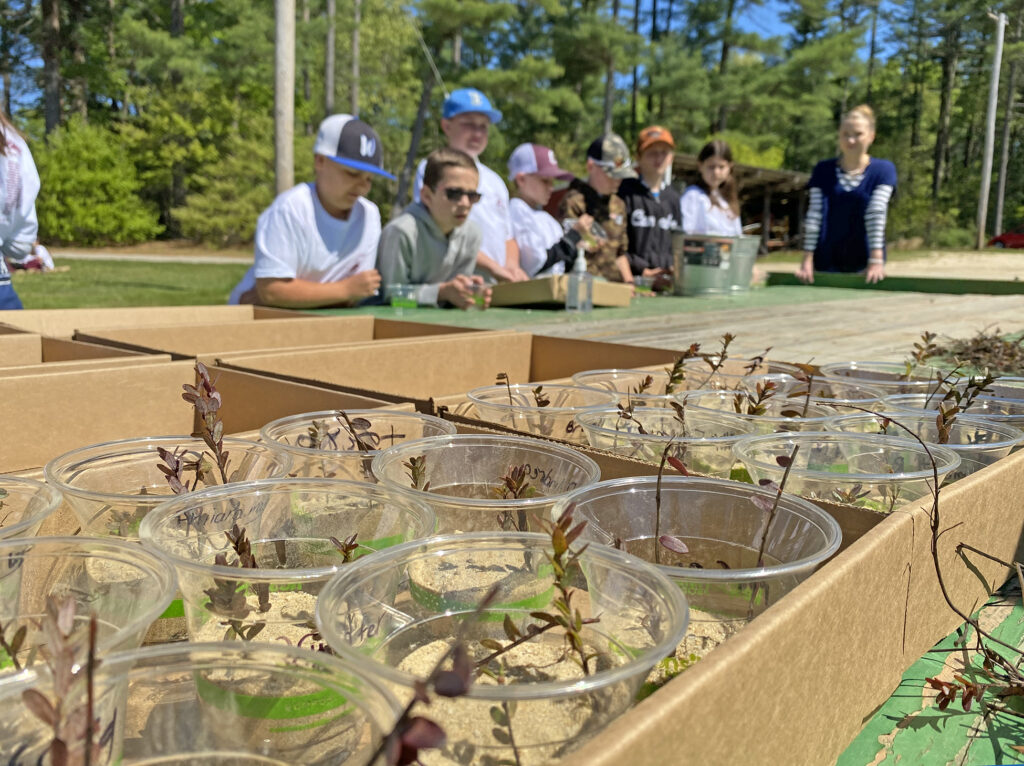
Established as Cape Cod Cranberry Growers’ Association in 1888, Massachusetts Cranberries represents more than 275 cranberry growers in Southeastern Massachusetts, Cape Cod and Nantucket, and stands as one of the country’s oldest farmers’ organizations. Massachusetts is home to 30% of all North American cranberry acreage, and cranberries are the largest agricultural food commodity produced in Massachusetts.
Massachusetts Cranberries’ School-Age Tour Programs accommodate 15 to 120 attendees on each tour, with low group rates and free parking for buses and vehicles on site. To learn more, or to register, email Kim Miot at bogtours@cranberries.org. For more information about cranberries and their health benefits, visit cranberries.org, or follow Massachusetts Cranberries as Cape Cod Cranberry Growers’ Association on Facebook, Twitter, or Instagram.
About Massachusetts Cranberries
Established in 1888 as Cape Cod Cranberry Growers’ Association (CCCGA) to standardize the measure with which cranberries are sold, now recognized as Massachusetts Cranberries, the nonprofit stands as one of the country’s oldest farmers’ organizations. Massachusetts Cranberries represents more than 275 growers in Southeastern Massachusetts, Cape Cod and Nantucket, in unity to promote Massachusetts’ official state fruit and bolster the cranberry industry’s sustainability. Cranberries are the largest agricultural food commodity produced in Massachusetts. For more information, contact Brian Wick, Executive Director, Cape Cod Cranberry Growers’ Association, bwick@cranberries.org, call 508-866-7878, visit cranberries.org, or follow the Association on Facebook, Twitter, or Instagram.
Note: Images are provided courtesy of Massachusetts Cranberries

